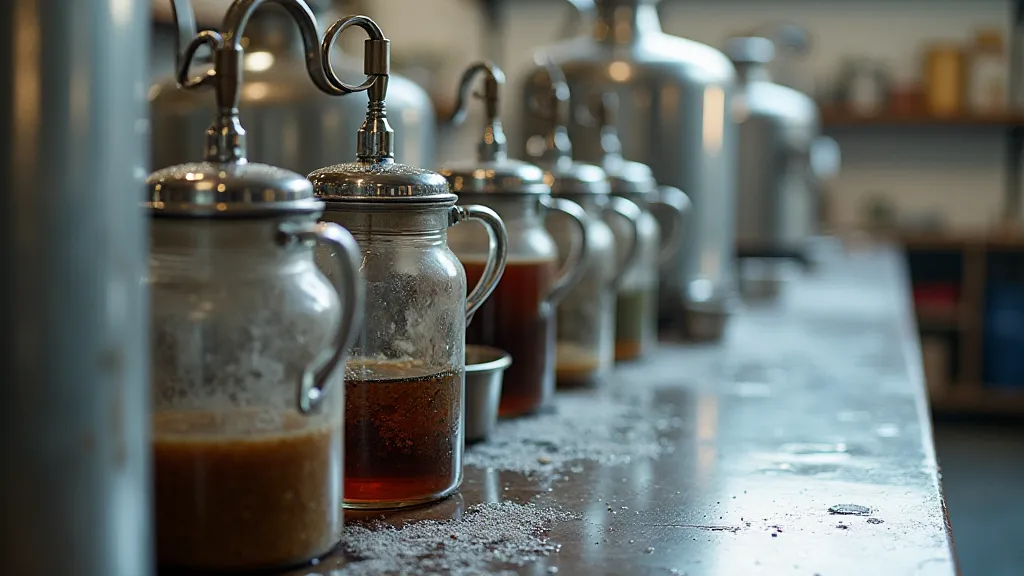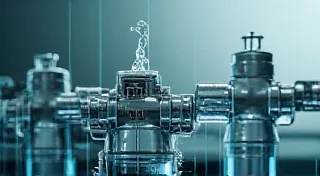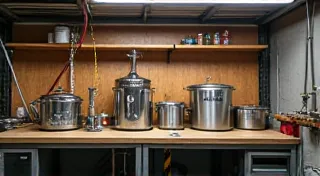Cleaning and Sanitizing Your Brewing Equipment: A Critical Step
Hygiene is essential! This guide covers the importance of cleaning and sanitizing your brewing equipment to prevent infections and off-flavors.
Why Cleaning and Sanitizing Matters in Home Brewing
So, you're embarking on the rewarding journey of home brewing. You're excited about crafting your own beer, experimenting with flavors, and enjoying the fruits (or rather, grains and hops!) of your labor. But before you even think about fermentation, there’s a crucial step that often gets overlooked: proper cleaning and sanitizing. It's not just about making things look clean; it's about eliminating microorganisms that can spoil your beer and create unwanted flavors.
Think of it this way: your wort (the sugary liquid you ferment) is a nutrient-rich broth, a perfect breeding ground for bacteria, wild yeasts, and other unwelcome guests. These organisms can lead to infections, resulting in sour, funky, or otherwise unpleasant flavors that will ruin your hard work. Cleaning removes visible dirt and grime, while sanitizing significantly reduces the number of microorganisms to a safe level – a level low enough that the desired yeast can outcompete them.
While cleaning aims to physically remove contaminants, sanitizing creates an environment where the yeast you’re introducing can thrive, producing the delicious beer you’re after.
Cleaning vs. Sanitizing: What’s the Difference?
It's vital to understand the distinction between cleaning and sanitizing. They are not interchangeable!
- Cleaning: This involves removing visible dirt, residue, and grime. Dish soap and hot water are typically used for cleaning.
- Sanitizing: This reduces the number of microorganisms on a surface to a safe level. It doesn't necessarily eliminate *all* microorganisms, but it creates a safe environment for fermentation.
Think of it like this: Cleaning is like taking a shower; sanitizing is like applying antibacterial lotion.
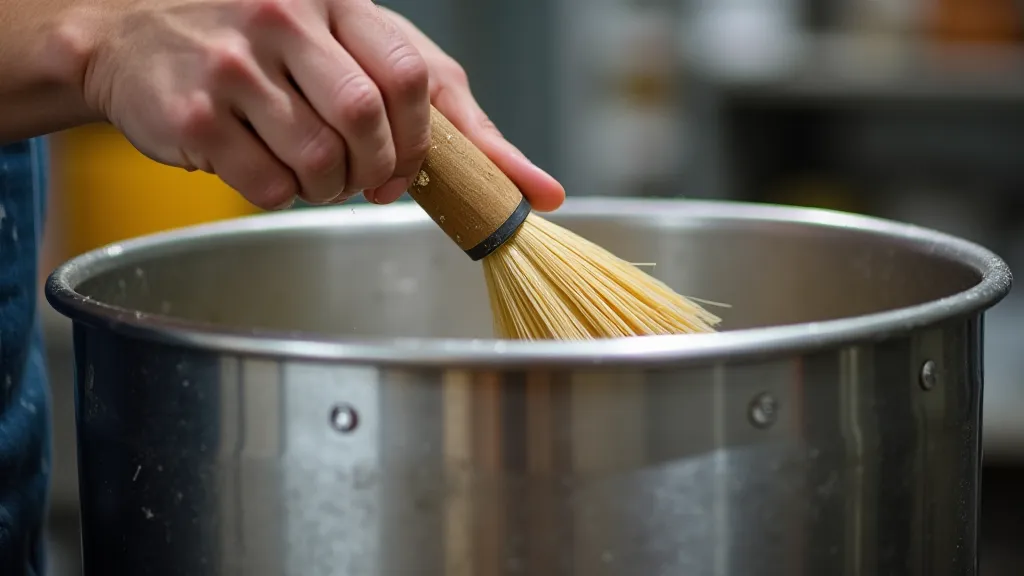
Essential Equipment for Cleaning and Sanitizing
Here's a rundown of the equipment you'll need:
- Cleaning Brush: A long-handled brush is essential for reaching into bottles, carboys, and kettles.
- Dish Soap: A good quality dish soap is great for cleaning. Avoid anything with lemon or citrus scents, as these can impact beer flavor.
- Sanitizer: There are several options for sanitizing, including:
- Star San: A popular no-rinse sanitizer.
- Idiot's Brew: Another effective no-rinse sanitizer.
- Bleach Solution: A diluted bleach solution can be used, but requires careful rinsing. (See safety notes below)
- Spray Bottle: For applying sanitizing solutions.
- Gloves: To protect your hands.
- Bucket or Container: For soaking equipment.
Cleaning Process: Step-by-Step
- Disassemble Equipment: Take apart all parts of your brewing setup that will come into contact with the wort.
- Scrub with Soap and Water: Use the cleaning brush and hot, soapy water to thoroughly scrub all surfaces.
- Rinse Thoroughly: Rinse all equipment with hot water to remove all traces of soap.
Sanitizing Process: Step-by-Step
- Prepare Sanitizing Solution: Follow the manufacturer's instructions for preparing your chosen sanitizer.
- Soak or Spray: Submerge all cleaned equipment in the sanitizing solution or spray liberally.
- Allow Contact Time: Let the sanitizer remain on the equipment for the recommended contact time (usually 10-30 minutes).
- Drain (or Rinse - if applicable): Drain the sanitizer, or rinse if the sanitizer instructions require it. Star San and similar no-rinse sanitizers don’t require rinsing.
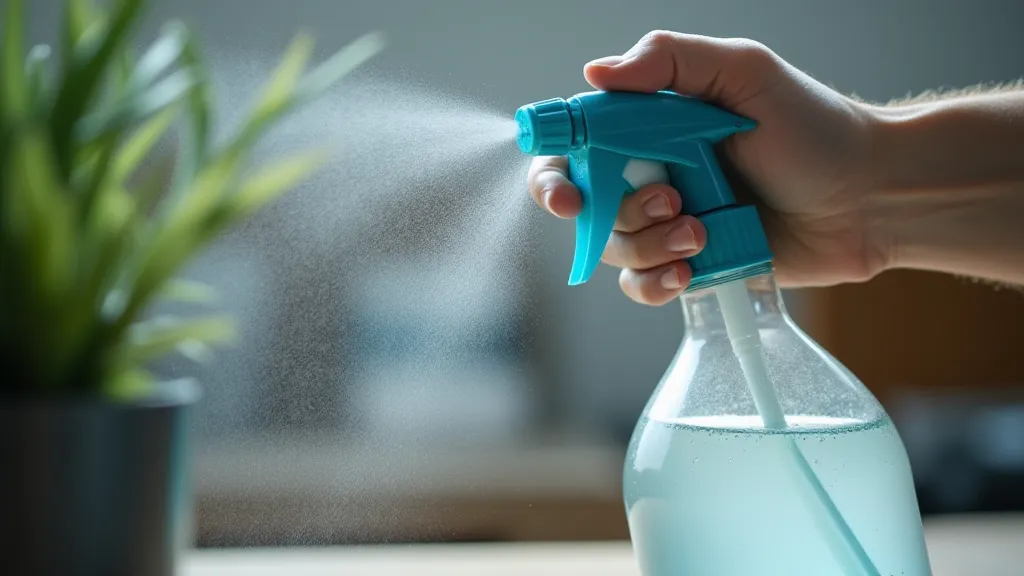
Important Safety Notes When Using Bleach
If you choose to use bleach as a sanitizer (which is generally not recommended due to potential residual taste and odor), follow these precautions:
- Dilution is Key: Use a very diluted solution (typically 1 tablespoon of unscented, plain household bleach per gallon of water).
- Rinse Thoroughly: Rinse the equipment *extremely* thoroughly with hot water until all traces of bleach are gone. The scent of bleach should be completely absent.
- Ventilation: Use bleach in a well-ventilated area.
- Never Mix with Other Chemicals: Bleach can produce dangerous fumes if mixed with other cleaning agents.
Final Thoughts
Taking the time to properly clean and sanitize your brewing equipment is an investment in the quality of your beer. It might seem tedious, but it’s a crucial step that separates the good homebrewers from the great ones. Happy brewing!
